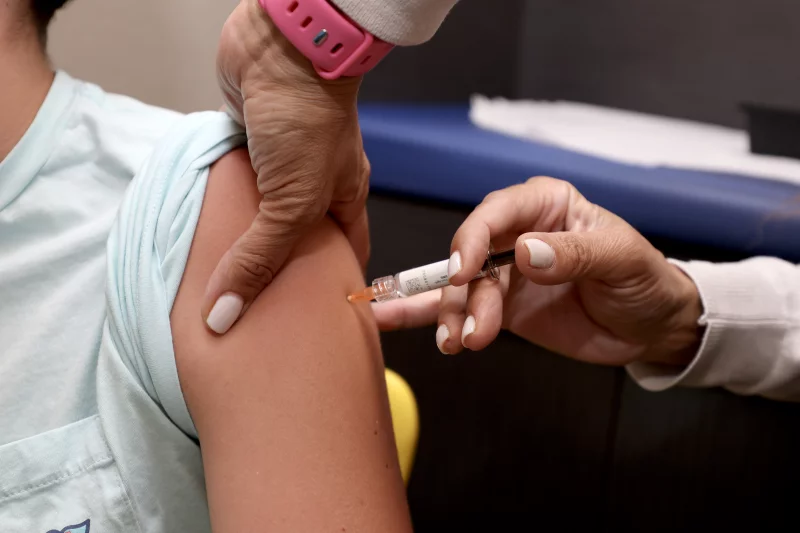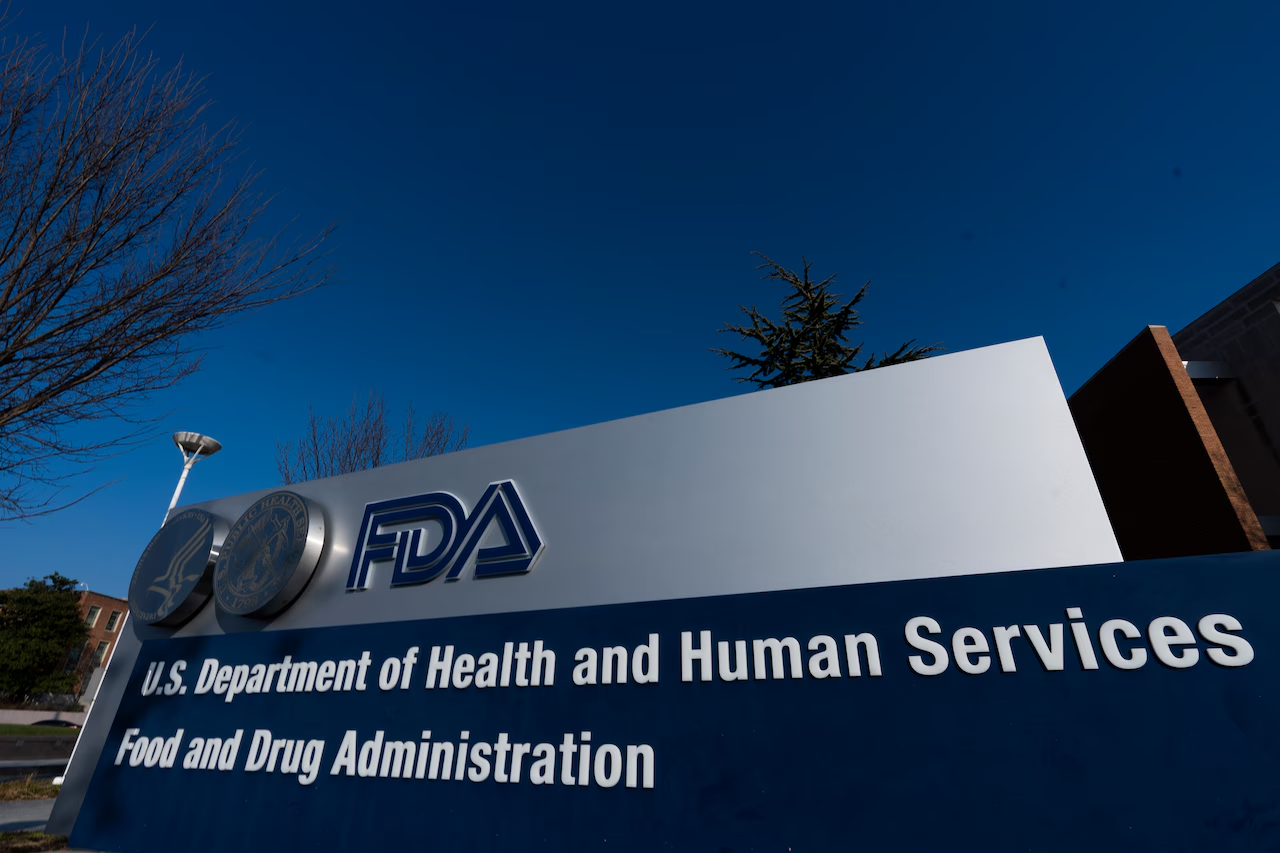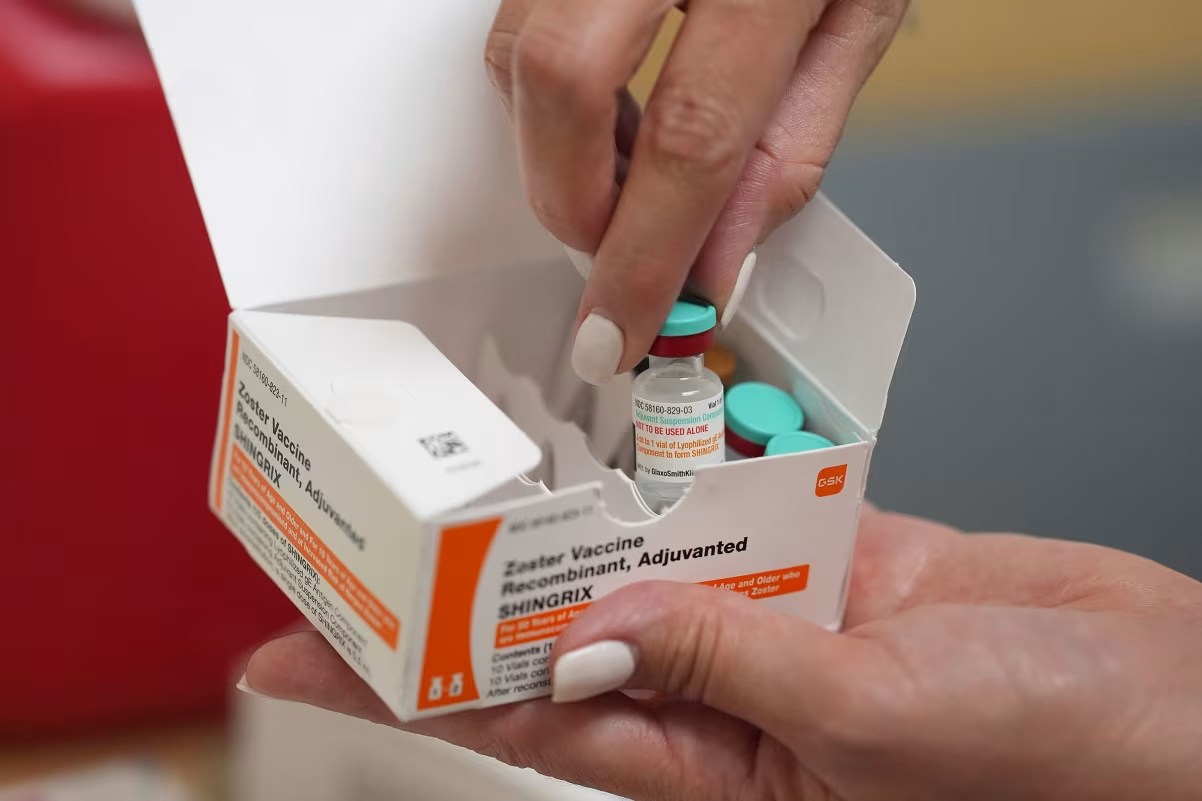Health authorities are warning of a resurgence of Vibrio vulnificus, a once-rare bacterial infection with a shockingly high mortality rate. Cases are climbing in coastal regions as rising temperatures and warming seas create more favorable conditions for the pathogen.
Why the Spike Is Concerning
Vibrio vulnificus thrives in warm, brackish water—making shorelines and estuaries prime danger zones. It mainly infects people in two ways: by consuming raw or undercooked shellfish or when contaminated water enters open wounds. Infections can escalate rapidly, with around 20% of patients dying, sometimes within just a day or two of symptoms starting.
Signs of a Growing Threat
In some coastal states, recent weeks have seen substantial increases in reported cases. For instance, Massachusetts has already recorded dozens of infections this year, including several hospitalizations—though thankfully, no deaths to date. Experts are particularly worried because climate change is expanding the regions and seasons in which the bacterium thrives. Traditional hotspots like the Gulf Coast are no longer the only areas at risk; the East Coast is also seeing notable increases.
What Communities Can Do
- Avoid consuming raw shellfish during warm-weather months.
- Wash wounds thoroughly and keep them covered when swimming.
- Be aware of symptoms like sudden flu-like illness, swelling, or skin lesions after water exposure—early treatment is vital.
The Bigger Picture
This resurgence is a flashpoint in broader environmental health trends. As oceans warm and human interaction with coastal ecosystems grows, pathogens once kept in check are re-establishing a foothold. Public health experts emphasize the need for increased awareness, preventive practices, and expanded surveillance to keep such infections rare and manageable.














Leave a Reply